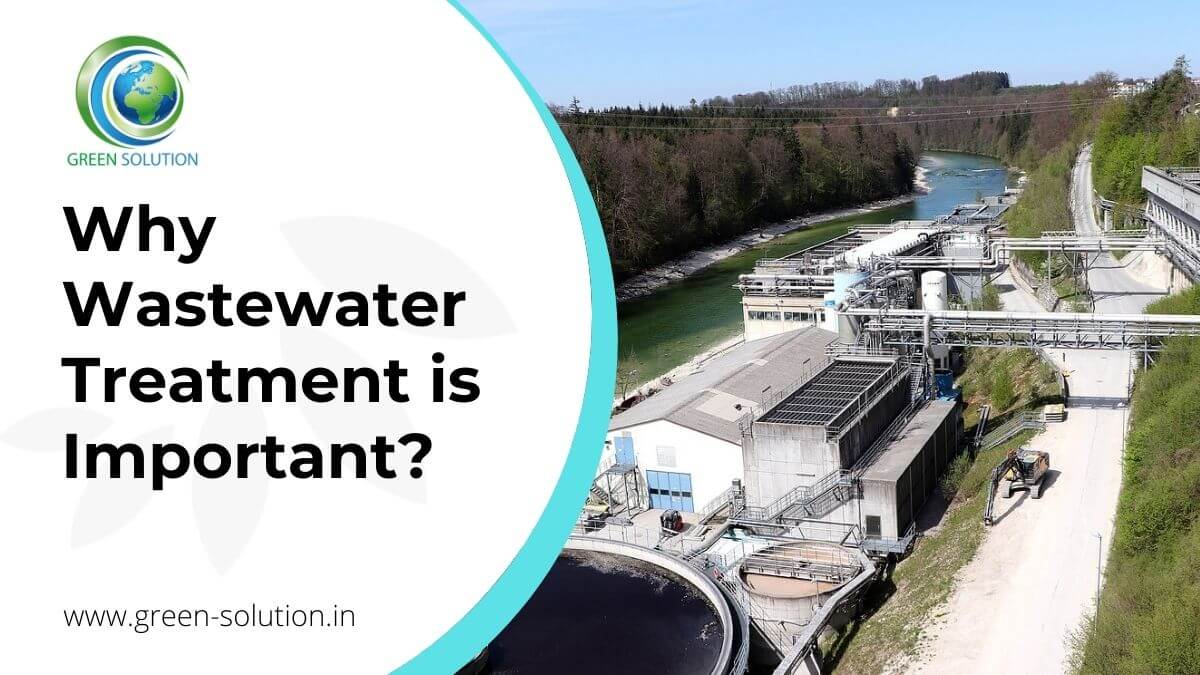See This Report about Reclaim Waste
See This Report about Reclaim Waste
Blog Article
The Definitive Guide for Reclaim Waste
Table of ContentsLittle Known Facts About Reclaim Waste.The Buzz on Reclaim WasteNot known Details About Reclaim Waste Unknown Facts About Reclaim WasteReclaim Waste Fundamentals Explained
Explore the kinds, occurrences, and kinds of fluid waste. Domestic sewage waste refers to the waste and products from a domestic septic system. This kind of waste is developed by human beings in houses, colleges, and various other buildings. This only includes septic storage tanks that have a drainpipe area. The appropriate administration and disposal of domestic sewer waste call for fluid waste to be transferred to a sewage therapy plant where the correct approaches and devices are applied to purify and take care of waste.
Business waste usually consists of prospective risks, such as combustible materials or a mix of fluid and strong waste items, and needs an extra advanced and in-depth disposal process. The disposal of business waste generally involves the filtering of waste prior to transport to ensure secure and correct disposal. Hazardous waste is developed from by-products and overflow of industrial procedures and production.
This type of waste can not use the exact same sewer monitoring transport or processes as septic or industrial fluids. The hazardous waste administration process needs the inspection and screening of fluid waste before it goes through the disposal process (liquid waste removal). Drainage waste is the liquid waste that comes from overflow and excess stormwater in very populated locations or cities
Overflow waste can cause contamination and flooding otherwise dealt with appropriately. Discover more about drain cleansing and waste monitoring. Ensuring correct waste management can stop calamities and minimize environmental harm. Both individuals in household setups and specialists in commercial or manufacturing markets can gain from recognizing the procedures and policies of liquid waste management.
The Main Principles Of Reclaim Waste
Contact PROS Providers today to find out about our waste management and disposal solutions and the correct methods to care for the fluid waste you produce.
(http://peterjackson.mee.nu/do_you_ever_have_a_dream#c2256)This so-called 'wastewater' is not just a vital resource yet, after therapy, will certainly be released to our land, rivers or the ocean. Made use of water from bathrooms, showers, bathrooms, cooking area sinks, laundries and industrial processes is known as wastewater.

water utilized to cool equipment or clean plant and tools). Stormwater, a kind of wastewater, is overflow that flows from agricultural and metropolitan locations such as roofing systems, parks, gardens, roads, paths and seamless gutters into stormwater drains, after rainfall. Stormwater flows neglected straight to neighborhood creeks or rivers, at some point reaching the ocean.
The Reclaim Waste PDFs
In Queensland, a lot of wastewater is dealt with at sewer treatment plants. Wastewater is transferred from residential or commercial websites through a system of sewage systems and pump stations, known as sewerage reticulation, to a sewage therapy plant.
The Department of Natural Resources suggests local governments regarding handling, operating and maintaining sewerage systems and therapy plants. In unsewered locations, city governments might require householders to mount private or house sewage treatment systems to deal with residential wastewater from commodes, kitchen areas, bathrooms and laundries. The Department of Natural Resources authorises making use of house systems when they are proven to be reliable.
Many stormwater obtains no therapy. In some brand-new communities, treatment of some stormwater to remove litter, sand and crushed rock has actually started utilizing gross pollutant catches. Wastewater treatment takes place in 4 stages: Gets rid of strong matter. Bigger solids, such as plastics and various other items wrongly released to sewage systems, are eliminated when wastewater is travelled through screens.
Wastewater then streams right into large find out here now tanks where solids settle and are gotten rid of as sludge. Grease and scum are skimmed from the surface area. Utilizes tiny living organisms understands as micro-organisms to damage down and get rid of staying dissolved wastes and great bits. Micro-organisms and wastes are incorporated in the sludge. Removes nitrogen and phosphorus nutrients that could cause algal flowers in our rivers and intimidate water life.
Unknown Facts About Reclaim Waste
Nutrient elimination is not readily available at all sewage therapy plants due to the fact that it needs pricey specialized devices. Clear liquid effluent created after treatment might still consist of disease-causing micro-organisms - industrial wastewater treatment.

This normally implies wastewater has actually to be treated or contaminants eliminated prior to it can be discharged to rivers. Most wastewater moves into the sewage system. Under the Act, city governments administer approvals and licences for environmentally pertinent activities (Ages) involving wastewater releases that could have a regional influence. The department administers approvals and permits to ERAs involving wastewater releases that might have a local or statewide influence.
The Buzz on Reclaim Waste
Otherwise, samples are considered lab evaluation. Often numerous tests are required to establish the levels of each of the different pollutants such as oils, hefty metals and chemicals in water. Surveillance supplies accurate information concerning water top quality and can verify that licence conditions are being satisfied. The info gotten with tracking supplies the basis for making water quality decisions.
Report this page